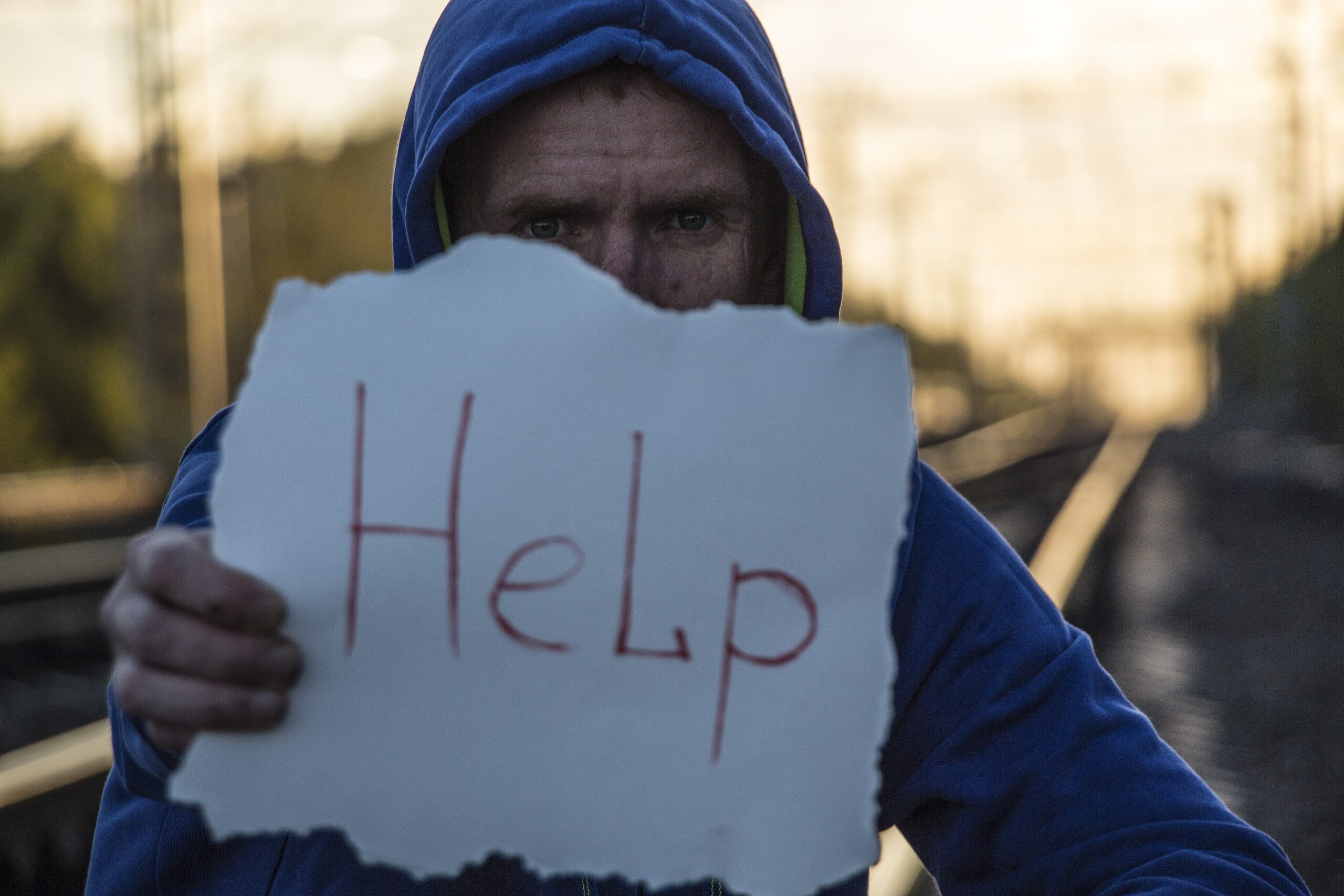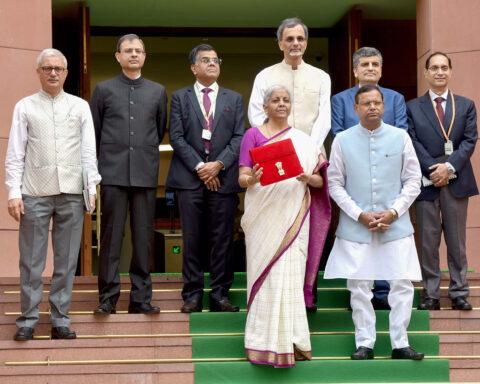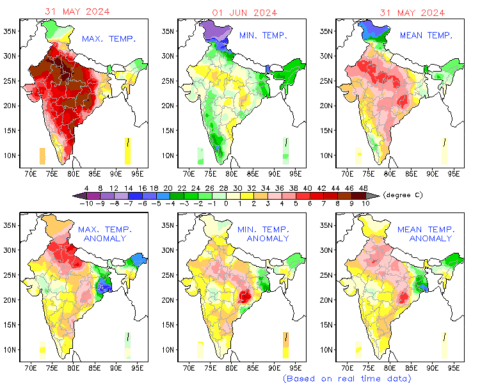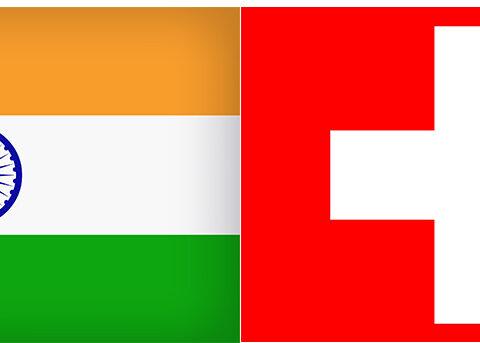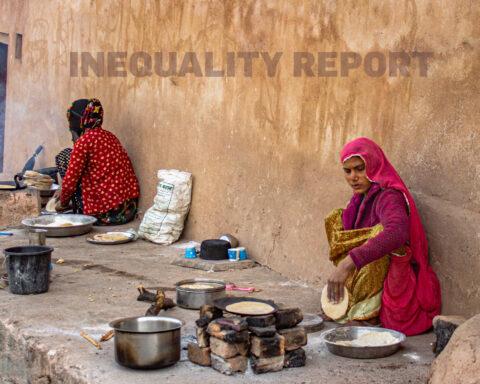In February this year, a couple and their 21-year-old daughter died by suicide in their apartment in Kolkata. Bijoy Chatterjee used to run a small business in the Burrabazar area that provided for his stay-at-home wife and their daughter who was a law student in Falta. Subsequent police investigations revealed that acute financial distress arising from business losses drove the family to take their lives.
In May, four members of a family in Pune died by suicide. Deepak Thote, his wife, son and daughter were found dead in their Keshav Nagar apartment in Mundhwa locality. Once again, police investigations pointed towards financial problems pushing the family to end their lives. A Google search throws up 59 news items of families dying by suicide in the past two years.
Last year, there were news reports of a disturbing case of attempted family suicide. Ramrao Bhat, a 58-year-old businessman, stopped his car at the roadside and poured petrol on himself, his wife and son and set everyone ablaze. Other road users intervened, the wife and son survived, but Bhat succumbed to severe burns. A suicide note found in the car revealed that Bhat was in heavy debt due to business losses.

